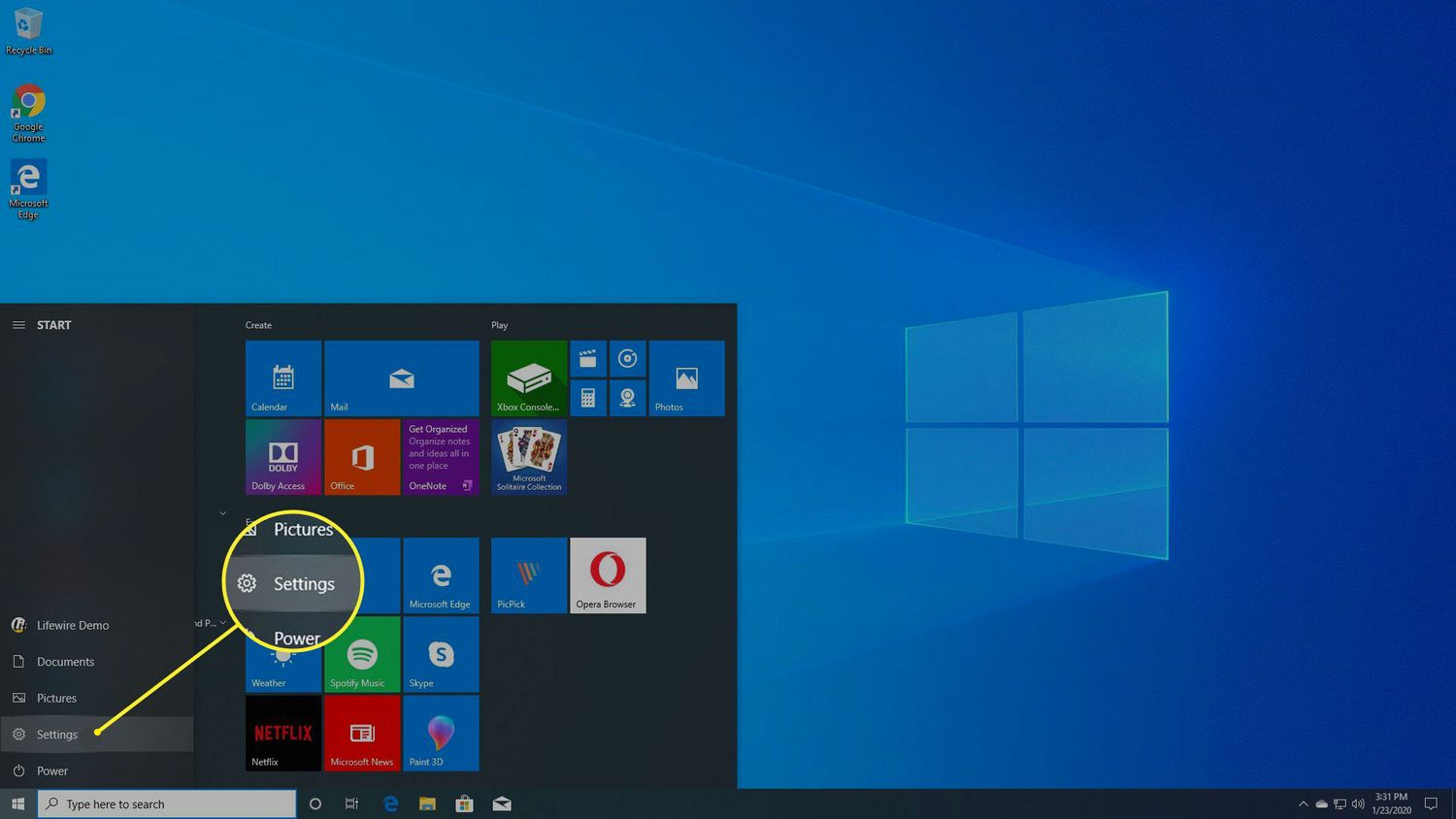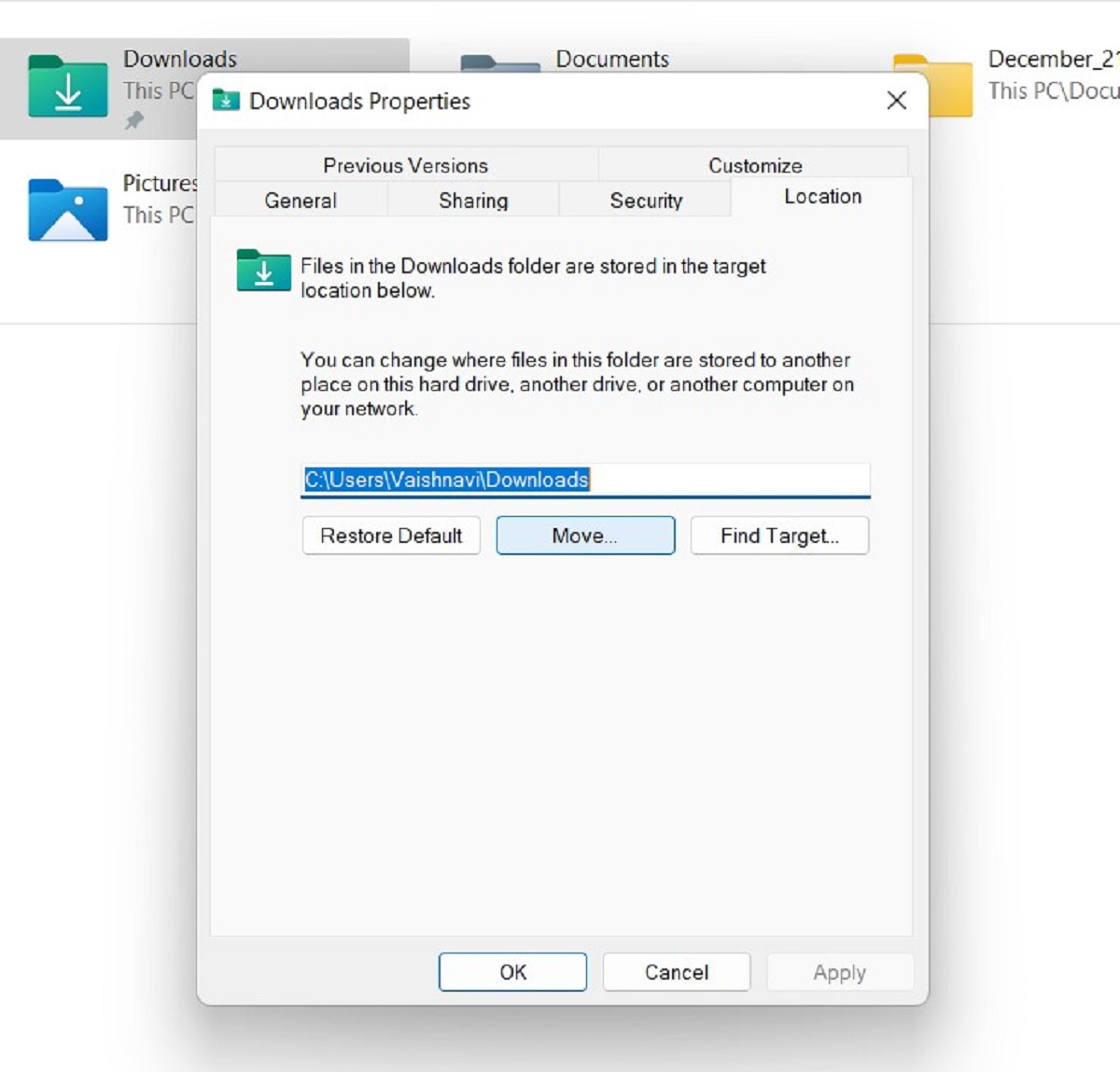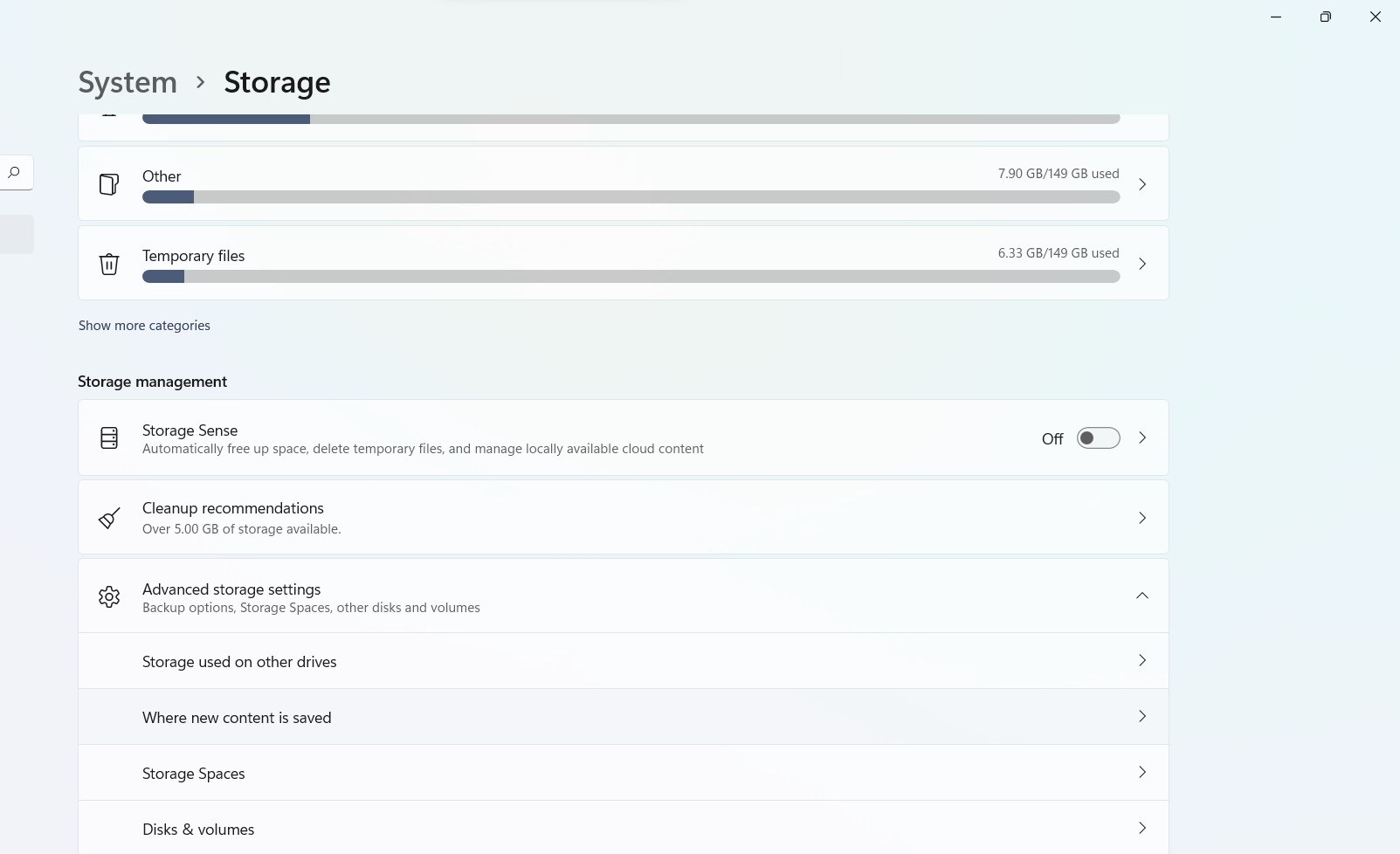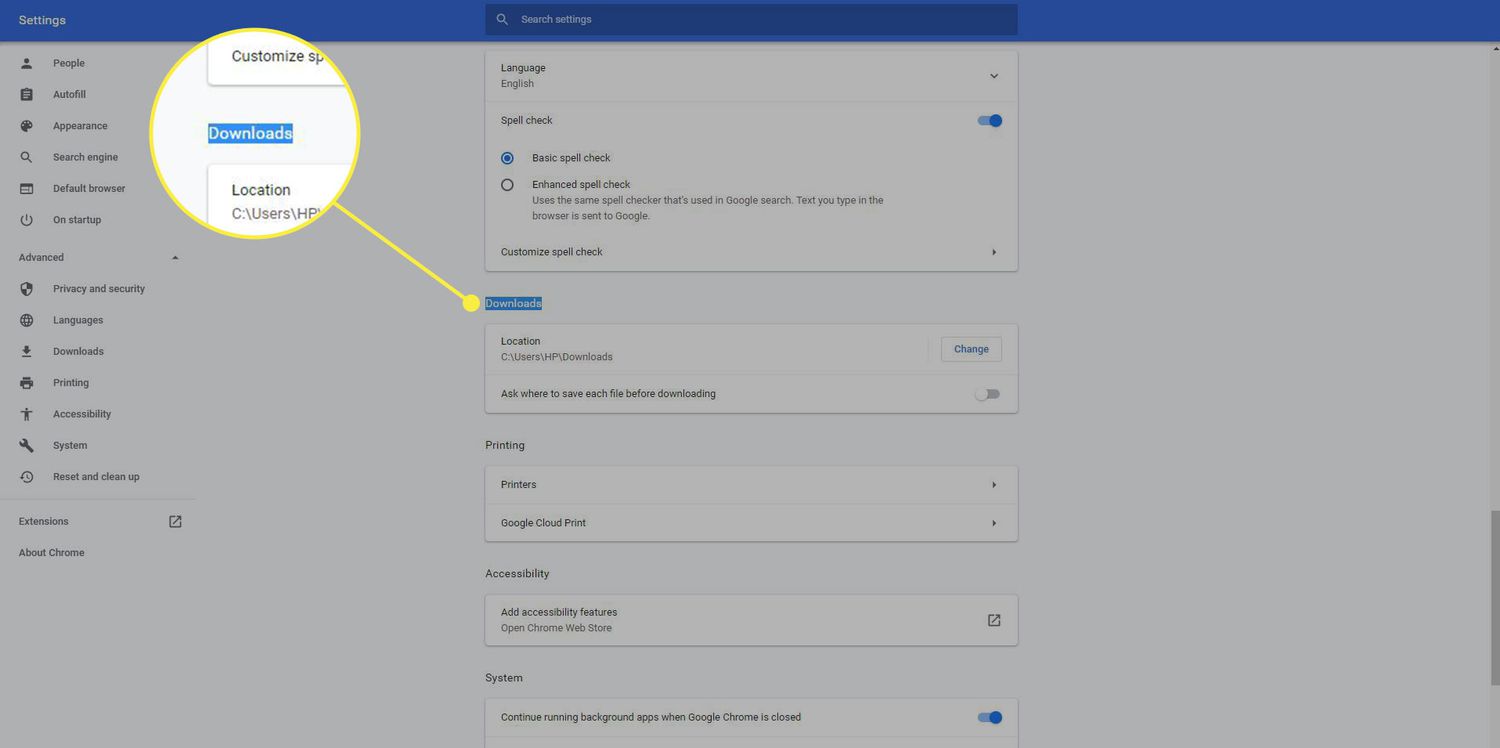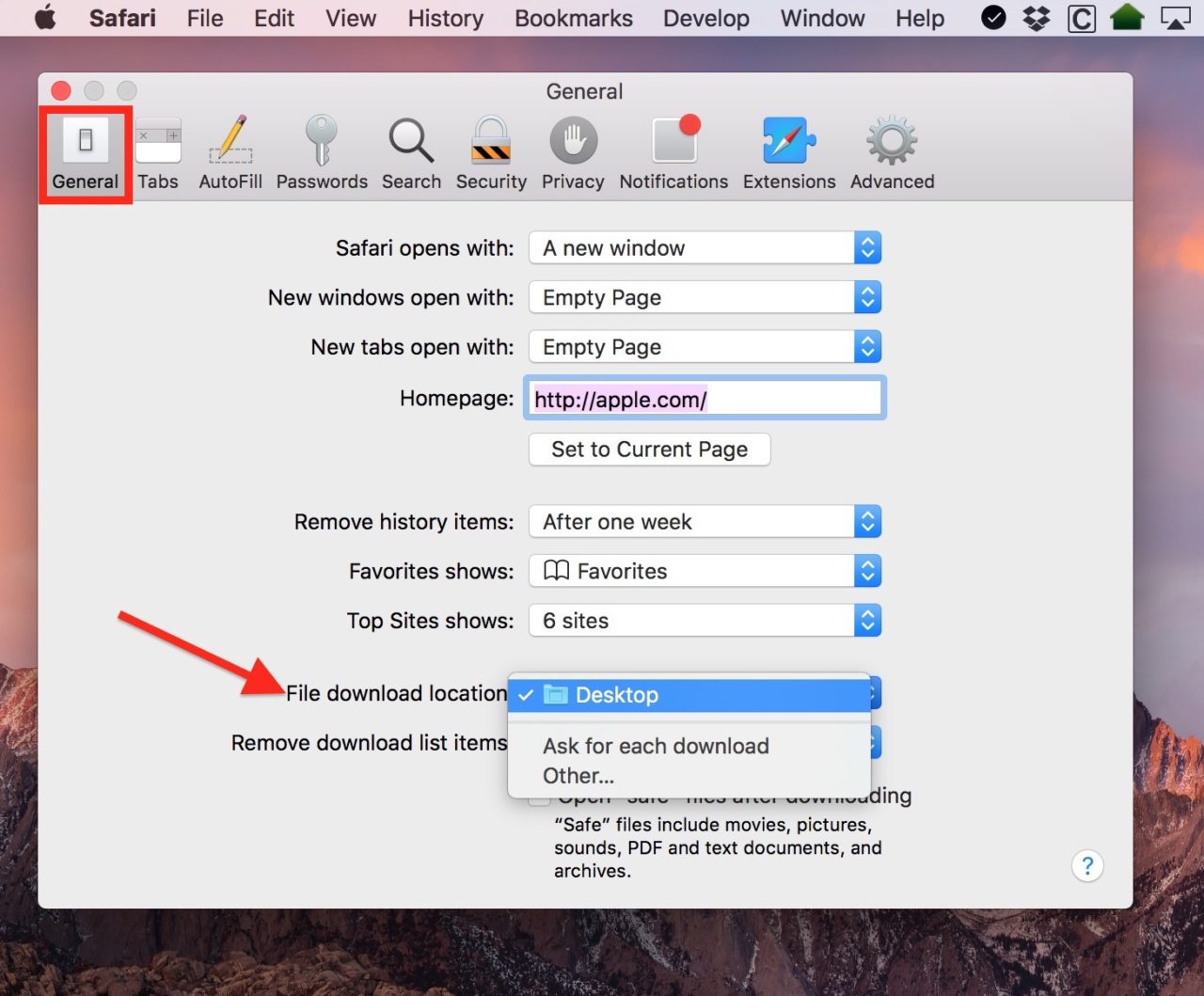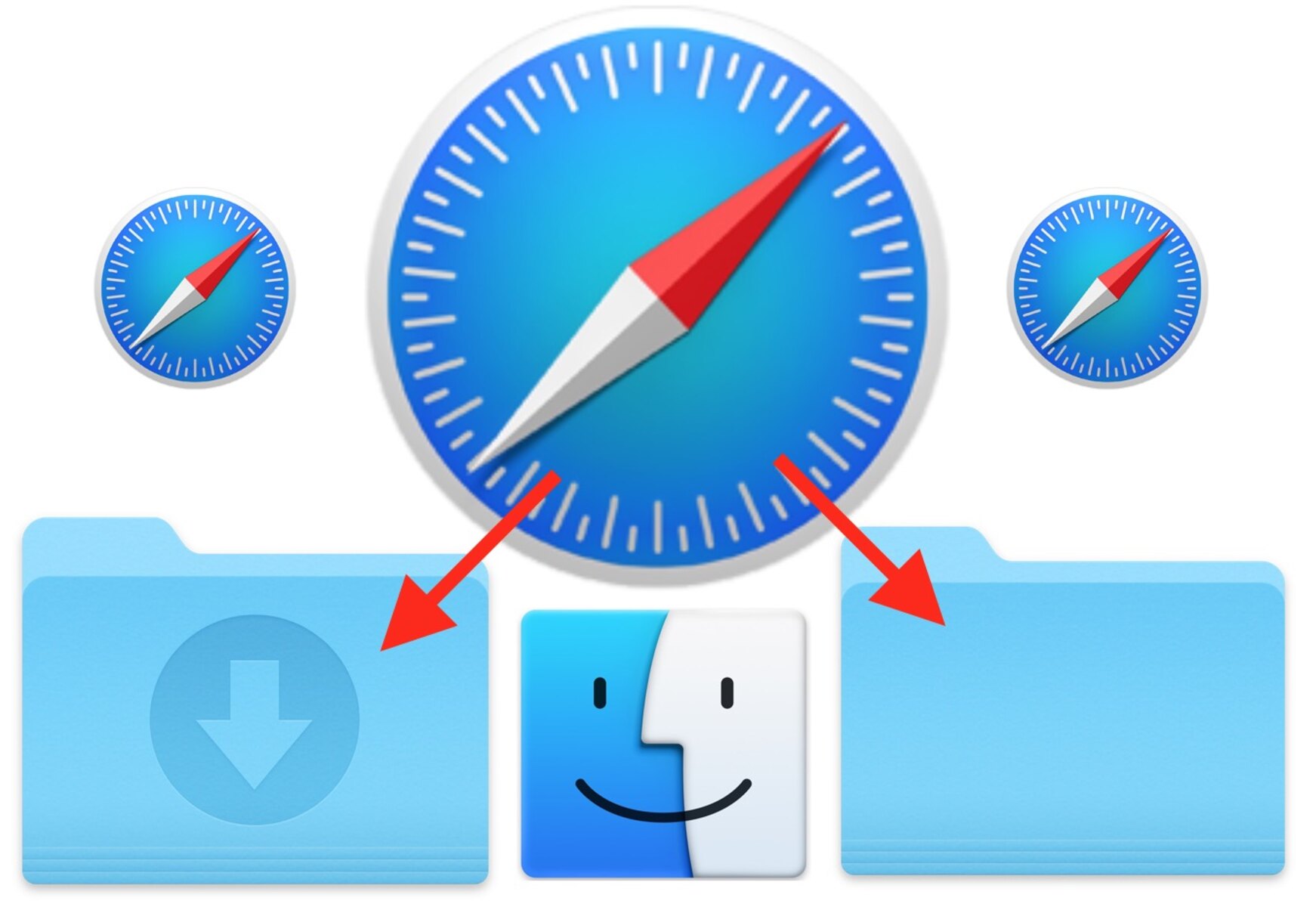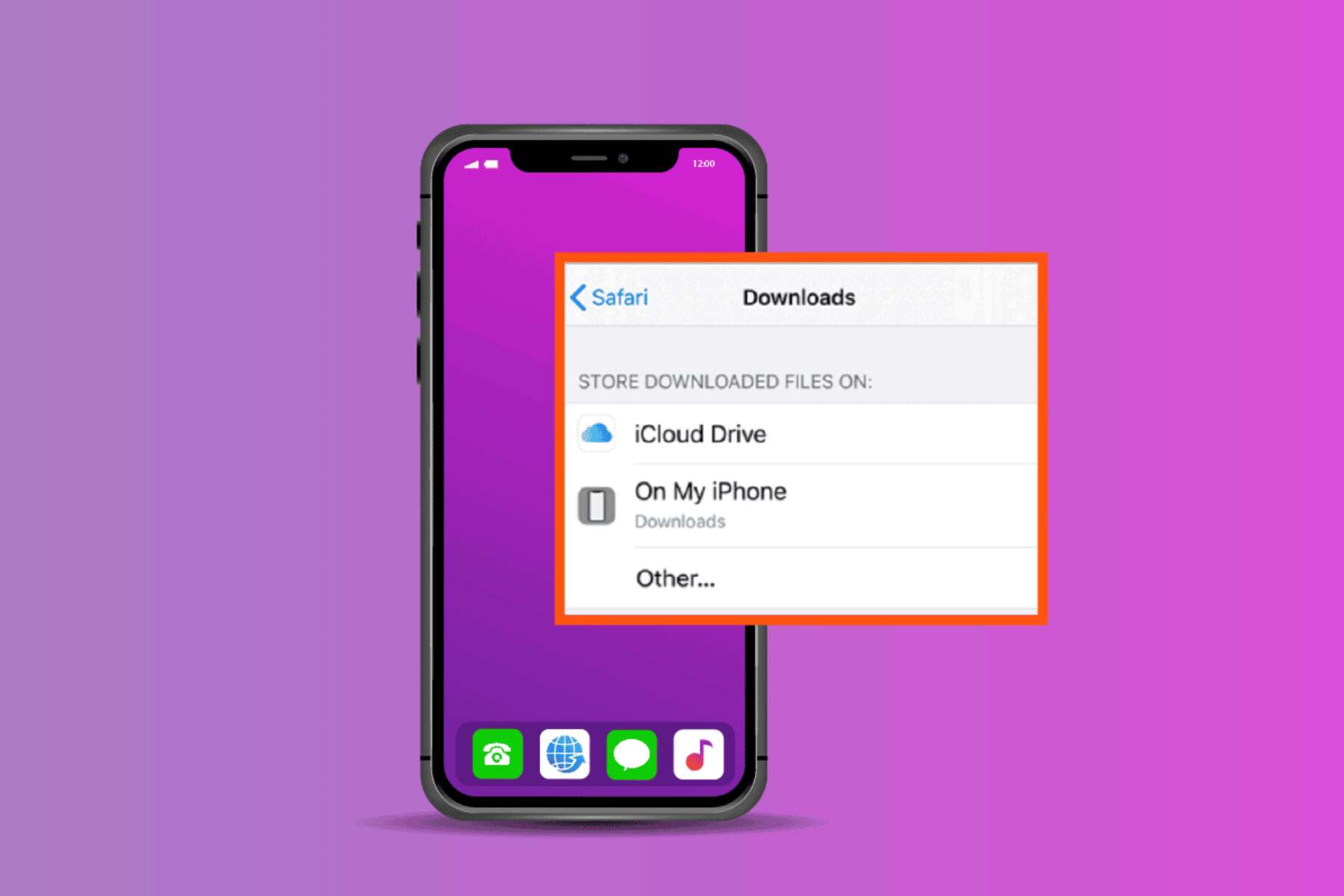Introduction
Changing the default download location on your Windows computer can be a practical and convenient way to organize your files. By customizing the download location, you can ensure that all downloaded files are stored in a specific folder of your choice, making it easier to locate and manage them.
Whether you want to change the default download location for web browsers or for specific applications, Windows provides various options to modify this setting. In this guide, we will explore the different methods you can use to change the download location on your Windows computer.
From finding the default download folder to adjusting the settings in web browsers and the Windows operating system, we will cover everything you need to know. Additionally, we will also discuss how you can use third-party software to gain even more control over your download locations.
By the end of this article, you will have a comprehensive understanding of how to change the default download location on your Windows computer. So, without further ado, let’s dive into the various methods and explore how you can customize your download locations to suit your needs.
Finding the Downloads folder
Before you can change the default download location on your Windows computer, you need to locate the current Downloads folder. Typically, Windows sets the Downloads folder as the default location for saving files that you download from the internet. Here is how you can find it:
- Method 1: Using File Explorer
- Method 2: Using the Start Menu
- Method 3: Accessing from Web Browsers
Open File Explorer by either clicking on the folder icon in the taskbar or pressing the Windows key + E simultaneously. Once File Explorer is open, look for “This PC” or “My Computer” on the left-hand side panel and click on it. From there, navigate to the “Downloads” folder, which should be listed under “Folders”.
Click on the “Start” button located at the bottom-left corner of your screen. In the search bar, type “Downloads” and press Enter. The search results should display the Downloads folder. Simply click on it to open the folder.
Many web browsers have a shortcut to access the Downloads folder directly from their interface. Look for a downward arrow or a download icon in the toolbar of your web browser. Clicking on it will open a menu that shows your recent downloads, and often, there is a link or an option to open the Downloads folder.
Once you have located the Downloads folder, you can proceed to the next sections to learn how to change the default download location in web browsers, Windows settings, and specific applications.
Changing the default download location in web browsers
If you primarily use web browsers to download files, you can customize the default download location within the browser settings. Here’s how you can do it for some popular web browsers:
- Google Chrome: Open Google Chrome and click on the three-dot menu icon located in the top-right corner. From the dropdown menu, select “Settings.” Scroll down and click on “Advanced” to expand the advanced settings. Under the “Downloads” section, you will find an option to change the default download location. Click on “Change” and select the folder where you want your downloads to be saved.
- Mozilla Firefox: Launch Mozilla Firefox and click on the three-line menu icon in the top-right corner. From the dropdown menu, select “Options” or “Preferences” (depending on your version of Firefox). In the left sidebar, click on “General.” Under the “Files and Applications” section, you can choose the desired folder by clicking on “Browse” next to the “Save files to” option.
- Microsoft Edge: Open Microsoft Edge and click on the three-dot menu icon in the top-right corner. From the dropdown menu, select “Settings.” Scroll down and click on “Downloads” in the left sidebar. Under the “Location” section, click on “Change” to select a new folder for your downloads.
Remember to save your changes after selecting the new download location in each respective browser. From now on, any files you download in these web browsers will be automatically saved to the new location of your choice.
Take note that each browser may have slightly different settings layouts, so it’s always a good idea to explore the options and preferences menu to locate the appropriate settings for changing the default download location.
Now that you’ve learned how to change the default download location in web browsers, let’s move on to the next section to discover how you can change the default download location in the Windows settings.
Changing the default download location in the Windows settings
Besides changing the default download location within web browsers, you can also modify the download location in the Windows settings. This change will affect the default download location for any application or program that uses the Windows download folder. Here’s how you can do it:
- Step 1: Open the “Settings” app on your Windows computer. You can do this by clicking on the “Start” button and selecting the “Settings” cog icon in the left-hand side menu.
- Step 2: In the “Settings” window, click on the “System” category.
- Step 3: In the left sidebar, click on “Storage.”
- Step 4: Scroll down and under the “More storage settings” section, click on “Change where new content is saved.”
- Step 5: You will see various default save locations listed, including “New apps will save to,” “Documents,” “Pictures,” and more. To change the default download location, click on the dropdown menu next to “New apps will save to” and select the desired folder from the list. Alternatively, you can click on “See all” to browse for a specific folder on your computer.
- Step 6: After selecting the new download location, click on the “Apply” button to save your changes.
Once you have completed these steps, any application that uses the Windows download folder will save files to the new designated location. This includes software like Microsoft Office Suite, image editing software, and other applications that rely on the Windows default download folder setting.
Keep in mind that some applications may have their own settings that override the Windows default download location. In such cases, you will need to modify the download location within those specific applications manually.
Now that you’ve learned how to change the default download location in the Windows settings, let’s move on to the next section to explore how you can modify the download location for specific applications.
Modifying the download location for specific applications
While changing the default download location in the Windows settings affects most applications, some programs have their own settings that allow you to customize the download location. Here’s how you can modify the download location for specific applications:
- Microsoft Office Suite: When you open any Microsoft Office application like Word, Excel, or PowerPoint, click on “File” in the top-left corner, then select “Options” or “Preferences.” In the options menu, navigate to the “Save” or “Save As” category and look for a setting to change the default save location. Specify the desired folder location and save your changes.
- Email Clients: Email clients like Microsoft Outlook and Mozilla Thunderbird also offer options to change the default download location for attachments. In Outlook, click on “File,” then “Options.” Go to the “Advanced” tab and under the “Downloads” section, click on “Change folder” to select a new location. In Thunderbird, go to “Tools,” then “Options,” and under the “Attachments” tab, you can choose a new folder for saving attachments.
- Other Software: Different software applications may have varying settings to modify the download location. Explore the preferences or settings menu of your specific software to find the option to change the default download location. Look for categories like “General,” “Downloads,” or “Save” to locate the appropriate settings.
By customizing the download location within specific applications, you can ensure that files downloaded through those programs are saved to the folder of your choice. This is particularly useful for software that heavily relies on downloading or receiving files as part of their functionality.
Remember to save your changes within each application after modifying the download location. This will ensure that all future downloads through these applications are stored in the designated folder.
Now that you know how to modify the download location for specific applications, let’s delve into the option of using third-party software to manage download locations in the next section.
Using third-party software to manage download locations
If you want even more control and flexibility over your download locations, you can consider using third-party software specifically designed for managing downloads. These software applications often offer advanced features and customization options for organizing and categorizing your downloaded files. Here are a few popular options:
- Internet Download Manager (IDM): IDM is a well-known download management tool that allows you to customize the download location for each file individually. You can specify different folders based on file type, date, or other parameters, making it easy to organize and locate your downloaded files.
- JDownloader: JDownloader is a free and open-source download manager that offers advanced features for managing and organizing downloads. It allows you to set custom download locations for each file or enable automatic folder sorting based on predefined rules.
- EagleGet: EagleGet is another popular download manager that enables you to customize the download location according to your preferences. It offers batch downloading, clipboard monitoring, and the option to categorize and sort files into specific folders.
These are just a few examples of the many download managers available. You can explore different options and choose one that aligns with your specific requirements and preferences.
Once you install and set up the third-party download manager of your choice, you can configure the software to save files to your desired locations. These tools provide additional features like download acceleration, scheduling, and integration with popular web browsers, enhancing your overall downloading experience.
Remember to consult the documentation or help resources provided by the download manager software for specific instructions on how to change the download location within that particular program.
With third-party download managers, you can take your control over download locations to the next level and streamline the way you manage and organize your downloaded files.
Now that you’re aware of the option to use third-party software for managing download locations, let’s summarize the information covered in this article.
Conclusion
Changing the default download location on your Windows computer can greatly enhance your file management and organization. By customizing the download location, you can ensure that all downloaded files are saved in a specific folder of your choice, making it easier to locate and manage them.
In this article, we explored various methods to change the default download location. We started by finding the current Downloads folder on your computer, allowing you to have a starting point for making changes. Then, we looked at how to modify the default download location within web browsers such as Google Chrome, Mozilla Firefox, and Microsoft Edge.
Furthermore, we discussed the option to change the default download location in the Windows settings itself. By modifying this setting, you can impact the default download location for applications that rely on the Windows download folder.
In addition to that, we explored the option of modifying the download location for specific applications such as Microsoft Office Suite and email clients like Outlook and Thunderbird. This gives you more granular control over where files are saved when using these specific programs.
To further enhance your download management experience, we also suggested using third-party software like Internet Download Manager (IDM), JDownloader, and EagleGet. These tools allow for advanced customization of download locations and offer additional features to optimize your downloads.
By utilizing these various methods and tools, you can tailor the download location on your Windows computer to better suit your needs and preferences. Whether you want to keep your files organized, free up space on your system drive, or simply have more control over where your downloaded files are stored, changing the default download location can make a significant difference.
So, take advantage of the options we’ve discussed in this article and start customizing your download locations today. Enjoy a more streamlined and efficient file management experience on your Windows computer!







